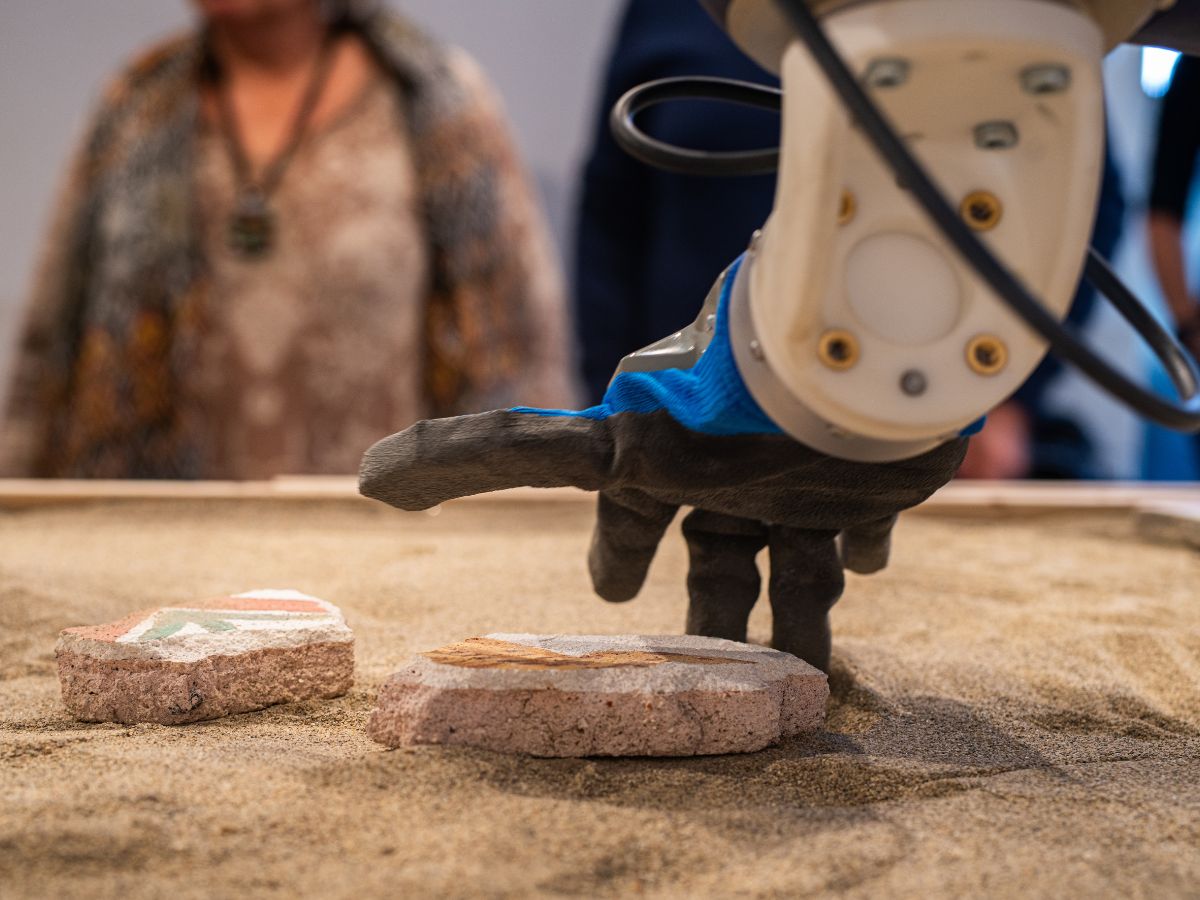Gianni Ciofani in Pontedera (Pisa) and Sauro Succi (Rome) will explore the commercial potential of their frontier research projects, which deal with micro and nanotechnologies for health applications.
Gianni Ciofani and Sauro Succi are the two ERC grantees hosted at IIT- Istituto Italiano di Tecnologia (Italian Institute of Technology) awarded today with Proof of Concept (PoC) Grants by the European Research Council (ERC). Both researchers have been working on new micro and nanotechnologies that may have impact on human health: Succi, based in IIT Rome, focuses on the introduction of Artificial Intelligence (AI) into microfluidics systems that may be used in biomedical devices; Ciofani, based in Pontedera (Pisa), works on 3D models of tumors, which may enable a better understanding of glioblastoma. They will receive €150,000 each to bridge the gap between the results of their pioneering research and the early phases of its commercialisation.
The ERC announced today the list of 55 ERC grantees that have won Proof of Concept Grants; 6 projects will be financed in Italy, being the third country, after the Netherlands and UK, to receive the highest number of PoC grants in Europe. The Proof of Concept grant scheme is open only to researchers who are or have been previously funded by the ERC. They use PoC funding to develop findings they have made during research projects funded by their ERC Starting, Consolidator, Advanced or Synergy Grants.
Gianni Ciofani is Principal Investigator of the Smart Bio-Interfaces Research Line and Coordinator of the Center for Materials Interfaces (Pontedera, Italy). He got his ERC Starting grant in 2016 and a first POC grant in 2018. The last awarded project, named MagDock, is focused on the design, and realization, also considering future commercialization, of 3D modular co-culture systems, specifically designed to recapitulate the physio-pathological microenvironment of brain tumor, such as glioblastoma. The 3D model is a biohybrid device which be exploited to mimic the blood-brain barrier and the brain cancer microenvironment, through the assembly of magnetic “microcages” hosting glioma and healthy cells. This approach represents a disruptive innovation with respect to other 3D models available in the literature, as it will allow a faithful recapitulation of the complex glioblastoma microenvironment through a platform that can be very easily handled in any laboratory. MagDock will enable high-throughput screenings of brain drugs and in vitro testing of the efficacy of different anticancer therapies.
Sauro Succi is Principal Investigator at Mesoscale Simulations Lab at IIT in Rome, Center for Life Nano-Neuroscience, where he conducts studies in microfluidics, that is the motion of small amounts of fluids through narrow channels a few micrometers in size. The task of tracking and counting the droplets passing through a channel proves hard and challenging, therefore machine learning can provide a major help in following droplets in microfluidic experiments and manufacturing processes. Succi and his group will aim to turn machine-learning algorithms that perform automatic traffic surveillance into a new droplet-monitoring tool, named DropTrack. The automatic droplet counting and tracking would speed up the production of gels, emulsions, cosmetics, biomedical test kits, and reduce the dependence on production quality measuring big pieces of equipment. At the same time, it will help researchers to gain a better understanding of the basic physics of microflows for industrial and biomedical purposes as well. Succi got his ERC’s Advanced grant in 2017.





